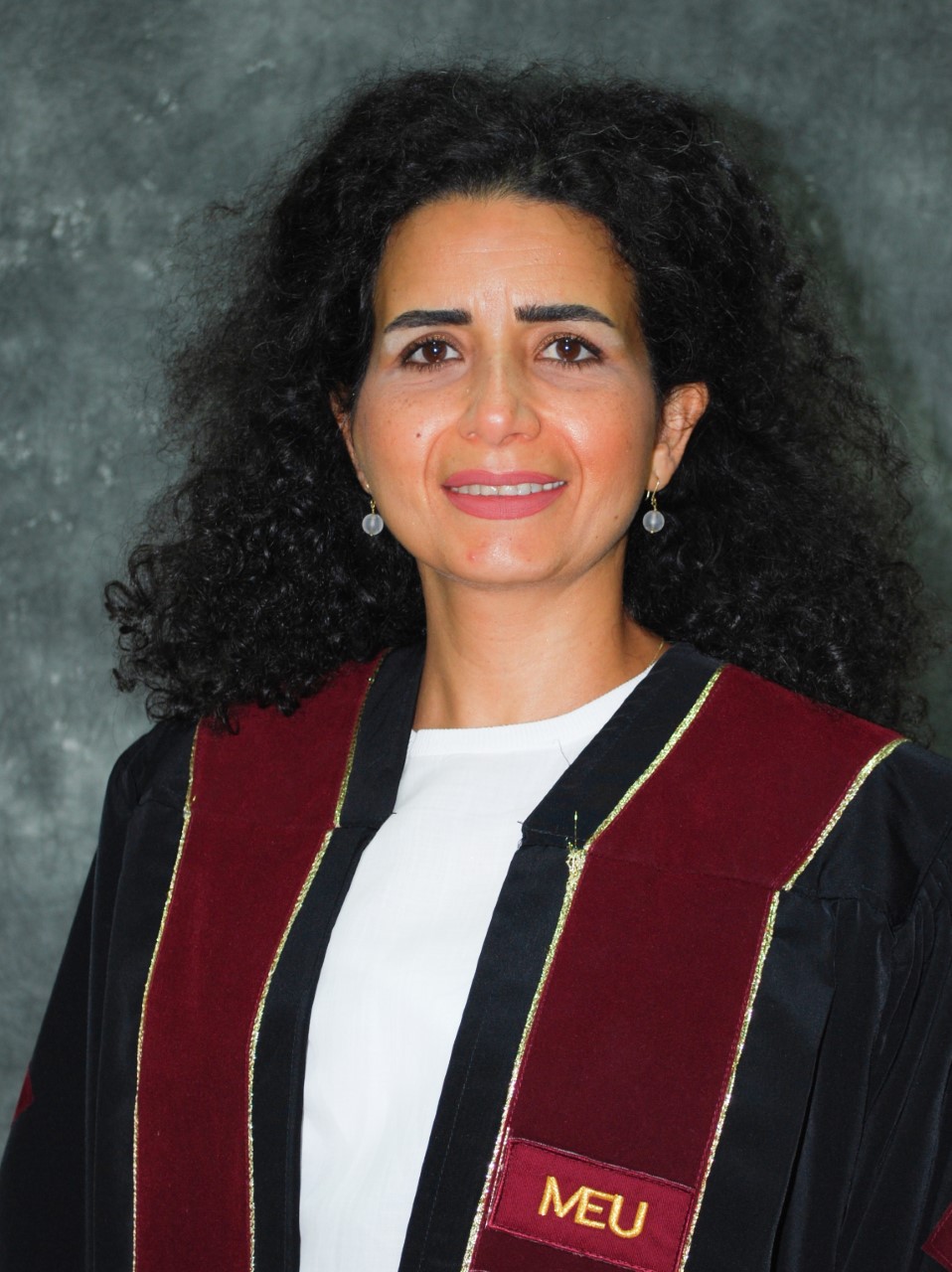
A research paper authored by the Head of the Architectural Engineering Department at Middle East University’s Faculty of Architecture and Design, Dr Rania Abu Ramadan, titled ‘Designing refugees’ camps: temporary emergency solution, or contemporary paradigms of Incomplete urban citizenship? Insight from Al Zaatari’, was published by the City, Territory and Architecture journal. It is the first research to examine the way Syrian refugees in Zaatari refugee camp treat their places of residence as spaces through which they can revive some of the architectural aspects of their lost homes.
The researcher conducted interviews with refugees and decision-makers, and distributed questionnaires throughout the years between 2016 and 2018. She concluded that refugees are redesigning their shelters to meet their life requirements while maintaining some aesthetic elements that remind them of their homelands such as small fountains, modest green spaces that resemble their gardens and certain interior arrangement of their tents.
The researcher implored international organisations and decision-makers to pay more attention to cultural, human, social and religious aspects when designing and constructing refugee camps, and not only limit their concern to functional ones even if these camps are temporary housing solutions, seeing that the Zaatari refugee camp has turned into a somewhat random city, which reflects refugees’ desire to relive memories of the past and re-establish the social, cultural and religious structures of their homelands
